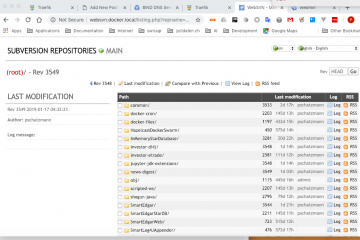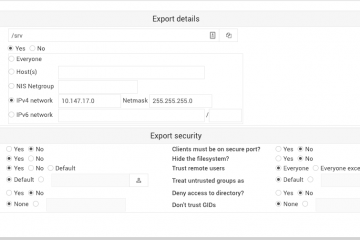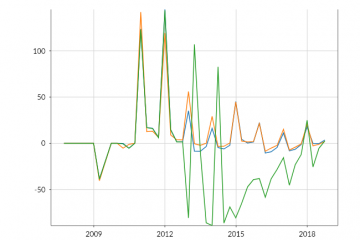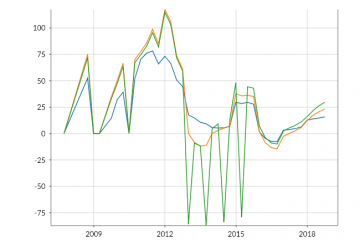Solid Modelling for 3D Printing for the JVM in Jupyterlab
I bought myself a 3D printer and I thought it would be cool to program the models in Jupyter. I am currently doing quite some development in Scala so a JVM based solution running in Jupyter would be my preferred option. Most of the people use some GUI driven CAD or Graphics Modelling Tools like Blender to develop 3D models. There are only a few lean, easy to learn options that focus on specifying the Read more





